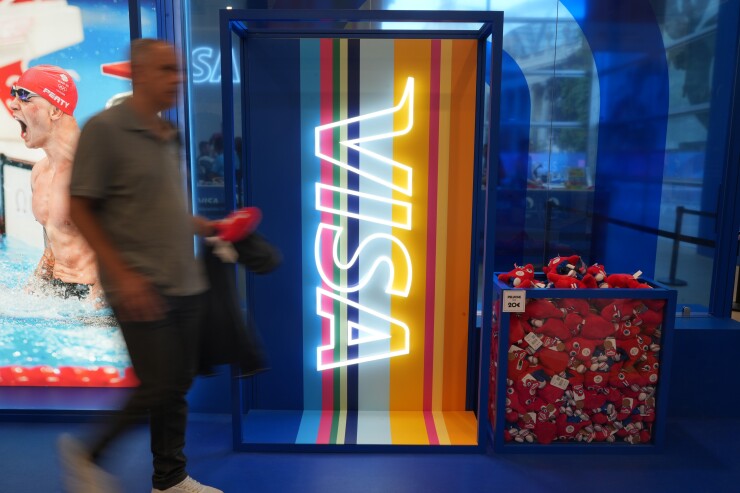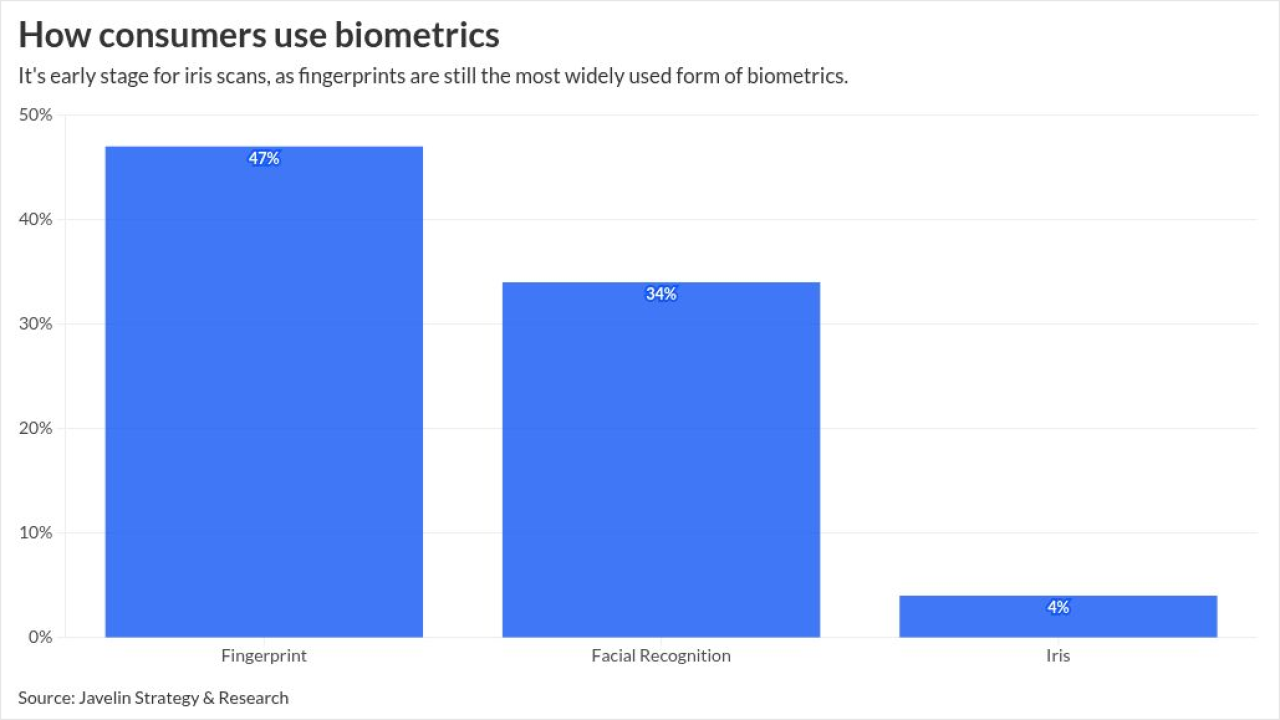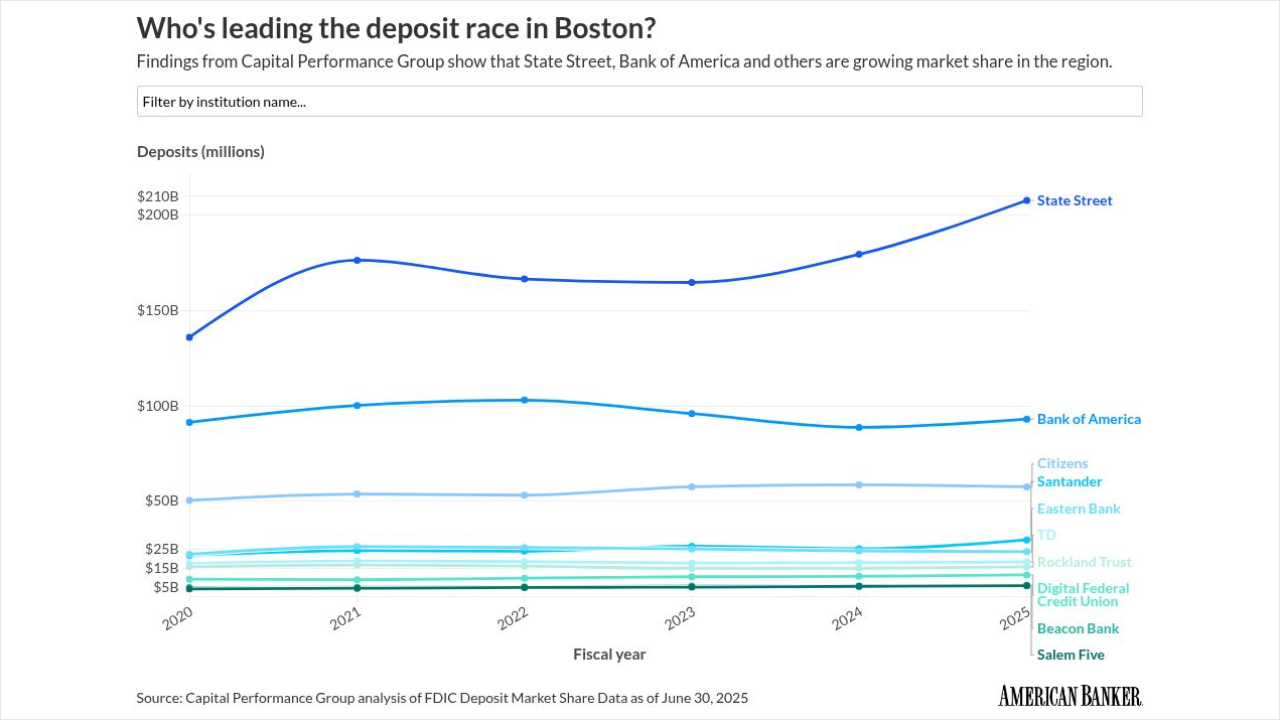
Visa is reportedly at least pausing its open banking product in the U.S., drawing attention to new regulatory and financial complications surrounding data sharing.
"This highlights just how unsettled the space still is. Regulatory uncertainty and the possibility of higher fees could definitely slow adoption, especially for smaller players that can't afford compliance missteps," Chris Miller, senior director at Cornerstone Advisors, told American Banker. "That said, the underlying demand for open banking and embedded payments isn't going away; consumers and businesses both expect smoother, more integrated financial experiences."
Visa move was originally reported by
What are the rules?
But regulations in the U.S. are in flux. The
Regulatory "assertiveness" in changing U.S. open banking rules has turned into ambiguity and enabled financial institutions to claim ownership of customer data and monetize access to it, creating uncertainty that threatens to stall progress in embedded payments and broader open banking adoption, according to Enrico Camerinelli, strategic advisor at Datos Insights.
"The decision from Visa is directly connected to an unintended consequence from the U.S. regulation on open banking to loosen the regulatory requirements and give more freedom and flexibility to banks to run their business," Camerinelli said. "This has created a paradox where financial institutions claim ownership over their customers' data and demand to be paid to share this data."
U.S. vs. the worldVisa plans to continue its open banking service in other markets, according to Bloomberg. Payment experts say Visa has more opportunity for open banking outside the U.S., regardless of the American regulatory situation.
Uncertainty about regulation is likely part of the thinking, but the decision to pull out of the U.S. is likely more about the market and Visa's presence, or lack thereof, Aaron Press, Research Director of Worldwide Payment Strategies at IDC, told American Banker.
"Visa has not made significant inroads in bank data access compared to its competitors," Press said.
And pure-play data aggregators like Plaid and MX have the largest share of the open banking technology business, according to Press.
Read more about open banking.
Visa discontinuing open banking in the U.S. is an "admission" that Visa was not getting much traction in the U.S, Aaron McPherson, a principal at AFM Consulting, told American Banker, referencing Visa's acquisition of Tink, a Swedish data company.
"Visa's primary entry into the market, Tink, has been focused on other markets," Press said.
Embedded complications
Open banking can support embedded finance and embedded payments, or it can support offering payments or financial services through third party apps, a strategy banks and fintechs are using to broaden customer relationships.
Embedded payments are based on the premise that users give permission to use their data in return for the possibility of accessing added services, Camerinelli said, adding that the exchange of proprietary data for embedded access to banking applications is the core of the value proposition. The potential of banks to charge for that data creates challenges for this model.
"[Easy access to new products] is the answer a bank can give when the client asks why it should give access to their own data," he said. "If the answer goes further to something like 'And, oh, by the way, we're going to sell your data,' I'm not sure this will work," Camerinelli said.
There are also other options to support embedded payments beyond using open banking to share data.
"I've long thought that open banking's value proposition and therefore opportunity in the U.S. were modest, at best," Eric Grover, a principal at Intrepid Ventures, told American Banker. "Existing payments systems in many respects are superior. They have near-universal acceptance, offer robust consumer protections, rewards, a credit option, and are habit for consumers and merchants, and near-frictionless. Visa's shuttering its U.S. open banking unit puts an exclamation point on it."
And while embedded payments and embedded banking often co-exist as bank strategies that result from open banking, embedded payments aren't necessarily reliant on open banking, Grover said. "Virtually all payment systems can be and are being embedded in systems consumers, businesses, and banks use."





